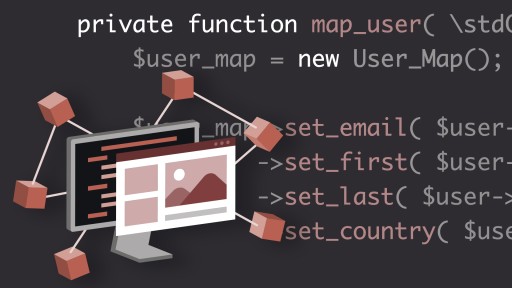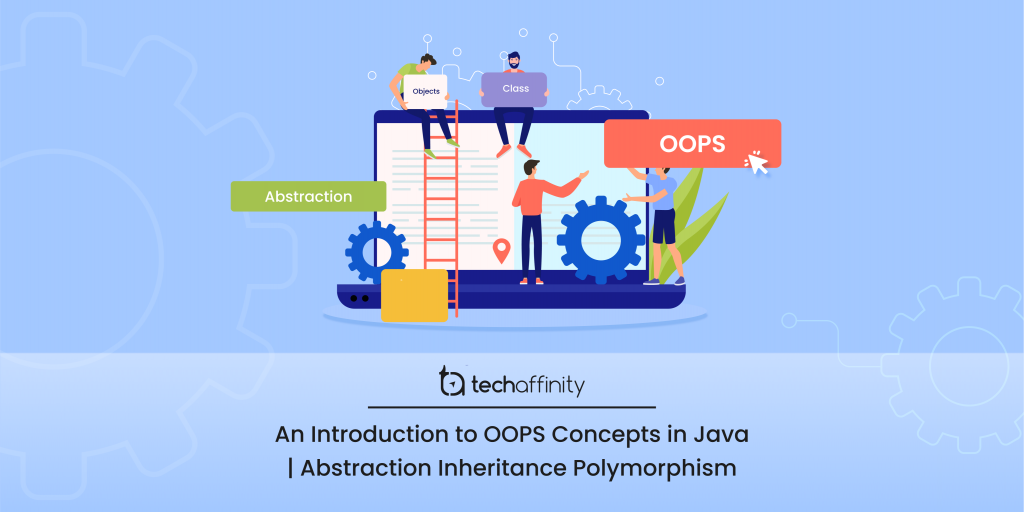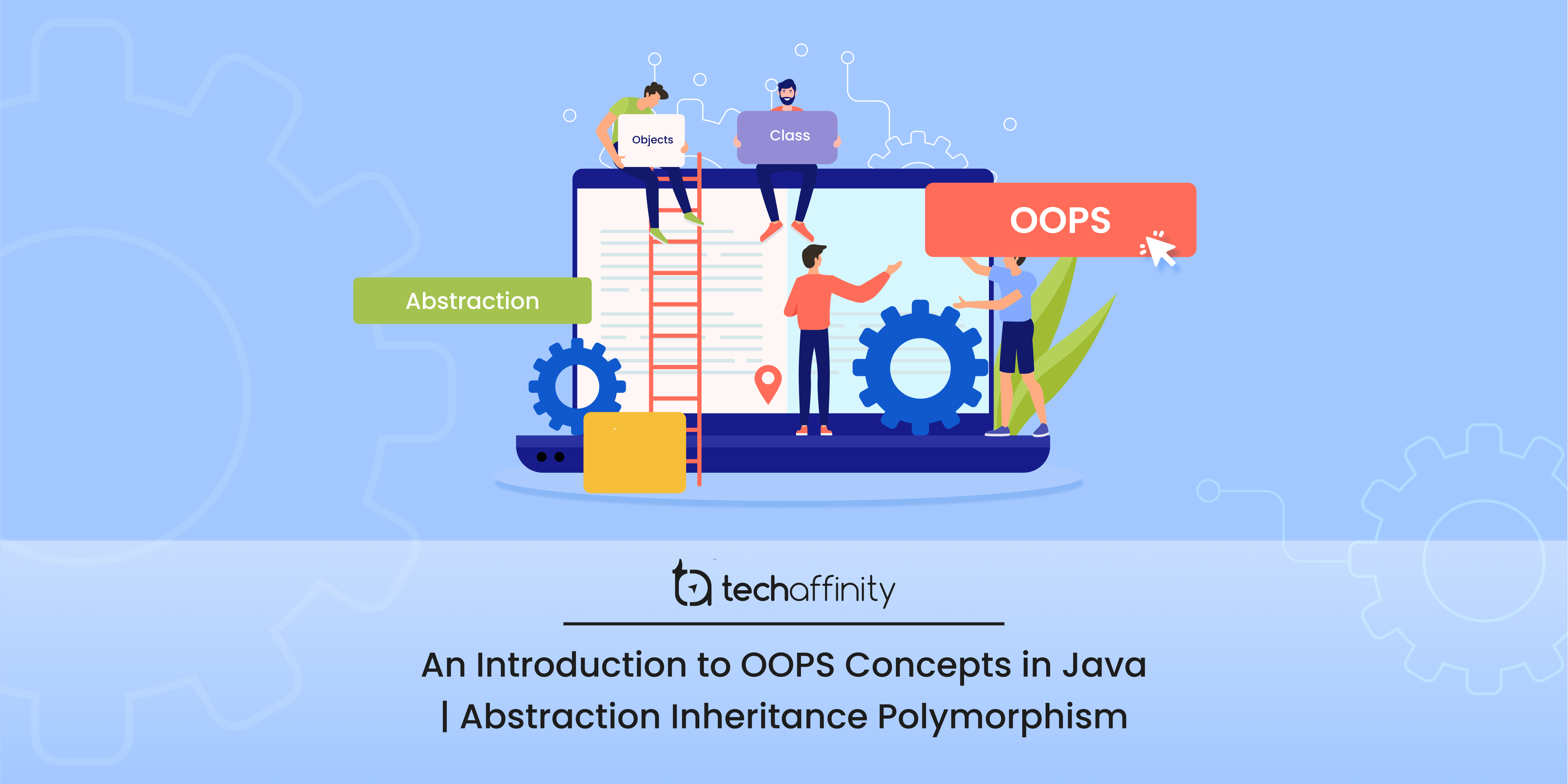How Does Inheritance Relate to Abstraction: Unlocking the Connection

Inheritance relates to abstraction as it allows for the creation of abstract classes and interfaces which can then be inherited by subclasses to implement specific behaviors. In object-oriented programming, inheritance is a key concept that allows classes to inherit the properties and behaviors of other classes, forming a hierarchical relationship.
Abstraction, on the other hand, is the process of simplifying complex systems by breaking them down into more manageable and abstract components. By using inheritance, developers can create abstract classes and interfaces that define common attributes and methods, without providing a concrete implementation.
These abstract classes can then be inherited by subclasses, which can provide the necessary implementation details. This allows for the creation of reusable code, reducing redundancy and promoting modularity in software development. Overall, inheritance facilitates abstraction by providing a mechanism for creating abstract classes and interfaces that can be inherited and extended by subclasses to implement specific behaviors.

Credit: techaffinity.com
The Basics Of Inheritance
Definition And Purpose
In object-oriented programming, inheritance is a fundamental concept that allows a new class (derived class) to inherit characteristics from an existing class (base class) while also enabling the derived class to modify or extend those characteristics. The primary purpose of inheritance is to promote code reusability and establish a hierarchical relationship between classes. This relationship allows the derived class to inherit attributes and behaviors from the base class, reducing redundancy and facilitating the creation of cohesive and maintainable code.
Inheritance In Object-oriented Programming
In object-oriented programming (OOP), inheritance plays a crucial role in building relationships between classes. It enables the creation of a class hierarchy, where more specialized classes inherit attributes and methods from their more general counterparts. This process fosters a form of abstraction by organizing classes into a clear and efficient structure. By utilizing inheritance, developers can leverage the benefits of existing classes, thereby enhancing code modularity and extensibility.

Credit: techaffinity.com
Understanding Abstraction
Abstraction is a powerful concept that plays a fundamental role in several domains, including software development. It allows us to simplify complex systems by focusing on the essential details while hiding unnecessary complexity. In the context of inheritance, abstraction allows us to create a hierarchy of classes with varying levels of detail and specificity. This provides a structured and efficient way to handle increasingly specialized objects and functionality.
Concept Of Abstraction
The concept of abstraction revolves around representing complex systems or ideas in a simplified and understandable manner. It involves filtering out unnecessary details and focusing on the essential aspects. By abstracting the essence of an object or system, we can define clear boundaries and create reusable structures that promote flexibility and maintainability.
Abstraction is like opening a book and finding a summary or an overview chapter that gives you a high-level understanding without diving into every single detail. Similarly, in software development, abstraction allows us to build upon existing concepts and structures while also providing a way to hide implementation details. It brings clarity and coherence to complex software systems.
Abstraction In Software Development
In software development, abstraction is a crucial tool for managing complexity and creating robust applications. It allows developers to create higher-level representations or models that encapsulate the behavior and properties of a system. By doing so, they can increase code reusability, promote modularity, and simplify maintenance.
Abstraction in software development involves creating abstract classes and interfaces that define the common characteristics and behaviors shared by a group of objects. These abstract entities are not instantiated directly but serve as blueprints for more concrete implementations.
Imagine a scenario where you have several different types of animals in a zoo. While each animal shares some common characteristics like eating, sleeping, and reproducing, they also have their unique behaviors and traits. To represent these animals in software, you can create an abstract class “Animal” that provides the common attributes and methods. Each specific animal class, such as “Lion” or “Elephant,” can then inherit from the abstract class and add their specific behaviors.
By utilizing abstraction, you can easily extend the functionality of your software without modifying the existing code. It also allows you to create more modular and maintainable systems, as changes can be isolated to specific classes without affecting the entire ecosystem.
Besides, abstraction aids in promoting code reuse. As you create abstract classes and interfaces, you define a contract that any implementing class must adhere to. This contract ensures that classes that inherit from the abstract entity provide the expected functionality. This promotes consistency and reduces code duplication, as common functionalities are abstracted into the superclass, and subclasses only need to implement additional specific behaviors.
Exploring The Relationship
In the world of computer programming, inheritance and abstraction play significant roles in creating efficient and scalable code. Understanding the relationship between these two concepts is essential for developers looking to write clean and maintainable code. Let’s delve into the relationship between inheritance and abstraction, exploring how they work together to enhance code organization and reusability.
Inheritance As A Form Of Abstraction
Inheritance is a fundamental concept in object-oriented programming (OOP) that allows classes to inherit properties and behaviors from other classes. It enables developers to create a hierarchy of classes, where a subclass can inherit the attributes and methods of a parent class while also adding its own unique elements.
This hierarchical relationship between classes can be seen as a form of abstraction. By abstracting common attributes and behaviors into a parent class, you create a blueprint that can be extended and specialized by its subclasses. This promotes code reuse and simplifies the overall design, as shared functionalities can be defined once and propagated to all related classes.
Benefits Of Combining Inheritance And Abstraction
Combining inheritance and abstraction offers several benefits in software development:
- Code Organization: Inheritance allows for a hierarchical structure that organizes related classes, making the codebase more readable and easier to navigate. The abstracted parent class acts as a central repository for shared functionalities, promoting modular and structured code.
- Code Reusability: By leveraging inheritance, you can reuse code across multiple classes, eliminating the need for redundant implementations. The abstracted parent class serves as a foundation for common attributes and behaviors, reducing code duplication and enhancing maintainability.
- Flexibility and Extensibility: Inheritance provides flexibility by allowing subclasses to extend or override inherited features to fit their specific needs. This enables developers to tailor the behaviors of individual classes while maintaining a consistent foundation.
When used together, inheritance and abstraction enhance the overall efficiency and scalability of codebases. The combination promotes code reusability, improves code organization, and allows for greater flexibility when adapting and expanding software systems.
Implementing Abstraction Through Inheritance
Inheritance in object-oriented programming allows classes to inherit properties and methods from a parent class, promoting code reusability. By utilizing inheritance, developers can implement abstraction by creating a hierarchical structure that highlights common attributes among classes. This relationship enhances the abstraction level by encapsulating common functionalities in a superclass while permitting specific implementations in subclasses.
Implementing Abstraction through Inheritance In object-oriented programming, abstraction refers to the process of hiding the complex, internal workings of a system and only exposing the necessary details to the outside world. One of the key ways to implement abstraction is through inheritance. By using inheritance, a class can inherit properties and behaviors from another class, allowing for the creation of a more specialized and refined class structure.
Enhancing Code Quality
Inheritance plays a vital role in enhancing the code quality by promoting reusability of existing code modules.
Future Trends In Inheritance And Abstraction
As technology advances, the future trends in inheritance and abstraction focus on flexibility and scalability.

Credit: www.linkedin.com
Conclusion
In understanding abstraction and inheritance, it’s clear that they are closely linked in object-oriented programming. Abstraction allows us to focus on the essential qualities of an object, while inheritance enables the creation of new classes with shared characteristics. Together, they form the foundation for building scalable and efficient software solutions.
Mastering these concepts opens up a world of possibilities for software development.
Read: Kamala Sohonie



